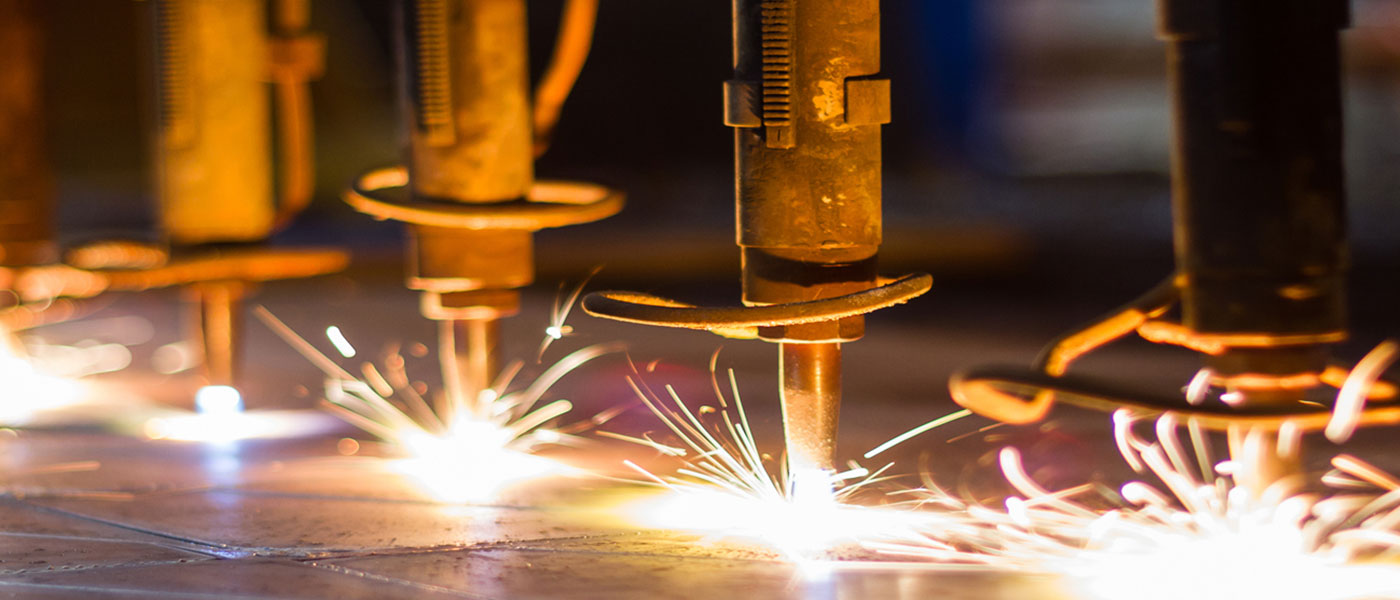When should we use pcb potting ?
Potting excels in providing outstanding protection, making it an excellent choice for devices or
applications requiring resilience against intense physical shock, abrasion, chemicals, high
temperatures, and moisture. Additionally, potting offers vibration damping capabilities, further
enhancing its suitability for such scenarios.
Alternatively, potting can safeguard engineering privacy through the use of colored resin,
making it challenging for others to observe the underlying board and exploit it for profit.
Moreover, potting is well-suited for high-volume operations as it can be swiftly executed on an
assembly line.
When should we use conformal coating ?
Conformal coating is highly resilient, capable of enduring extreme temperatures, high humidity,
and exposure to toxic chemicals. Consequently, it finds extensive application across various
industries, including automotive, medical, aerospace & defense, and electronics. Another notable
feature of conformal coating is its flexibility and lightweight nature, making it ideal for
mobile and handheld devices like smartphones, where compact size and light weight are essential
considerations.
